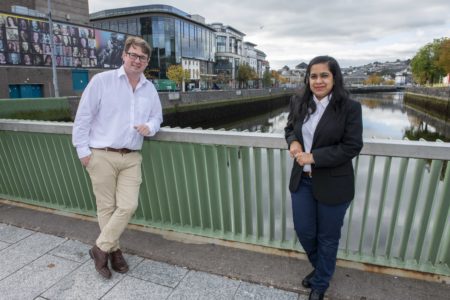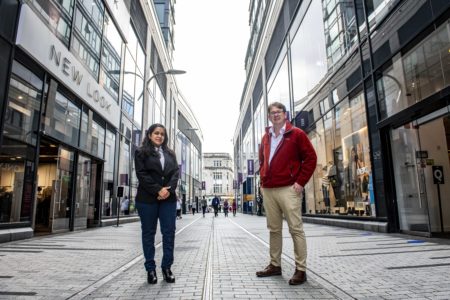19 October 2021
By Elaine Murphy
elaine@TheCork.ie
Untapped Energy Saving Potential from Commercial Property Could Trigger €219m investment in Sustainable Energy
The International Energy Research Centre (IERC) at Tyndall National Institute is leading an initiative to trial solutions, which could remove the split-incentive problem, which is resulting in a significant level of untapped energy saving in the commercial rental sector.
The split-incentive problem arises because the building owner is typically responsible for the costs associated with retrofitting the building, while the tenant is the one who benefits from the majority of the improvements such as lower energy bills, reductions in CO2 emissions and increased comfort. This leads to the building owner, whose objective is to minimise capital costs and maximise rental revenues, having little incentive to invest up-front in measures that would improve energy efficiency over time as they won’t directly benefit themselves.
SmartSPIN, a project funded by the EU’s Horizon 2020 programme, is running a pilot programme across Spain, Greece and Ireland to test a unique Energy Efficiency-as-a-Service model to address these challenges. The team’s innovative model is looking to remove barriers experienced by commercial building owners as all upfront costs related to the energy-saving initiatives, such as equipment, construction, operation and maintenance will be covered by an efficient service provider. Any resulting cost savings are shared between the efficient service provider and the building owner while the tenant benefits from an improved working environment.
Dr Pádraig Lyons, Head of Group at the IERC explains, “Many of the 109,000 commercial buildings in Ireland are in need of retrofitting and even minor updates could lead to significant energy savings. The large-scale adoption of our SmartSPIN concept in Ireland could result in energy savings of 1.8 TWh per year and CO2 reductions of over 5,000 kilotonnes per year in this sector. Furthermore, we forecast that the project could trigger investment in sustainable energy of up to €219 million within five years following the end of the project.”

Dr Pádraig Lyons, Head of Group and Ruchi Agrawal, Integrated Energy System Researcher at the International Energy Research Centre (IERC), Tyndall National Institute, are calling on the owners of commercial rental properties to join their retrofitting trial which requires no up-front costs from the building owner and which could result in national energy savings of 1.8 TWh per year and a €219m investment in sustainable energy.
Pic: Brian Lougheed

Dr Pádraig Lyons, Head of Group and Ruchi Agrawal, Integrated Energy System Researcher at the International Energy Research Centre (IERC), Tyndall National Institute, are calling on the owners of commercial rental properties to join their retrofitting trial which requires no up-front costs from the building owner and which could result in national energy savings of 1.8 TWh per year and a €219m investment in sustainable energy.
Pic: Brian Lougheed
